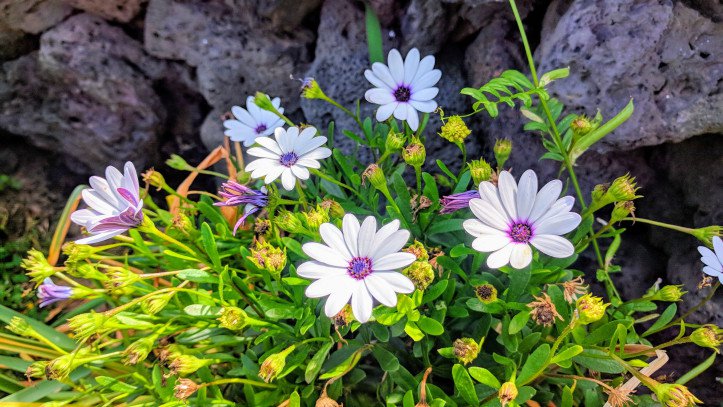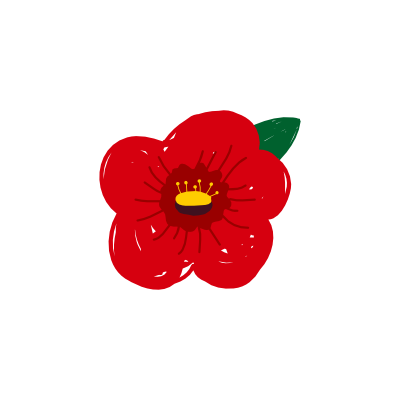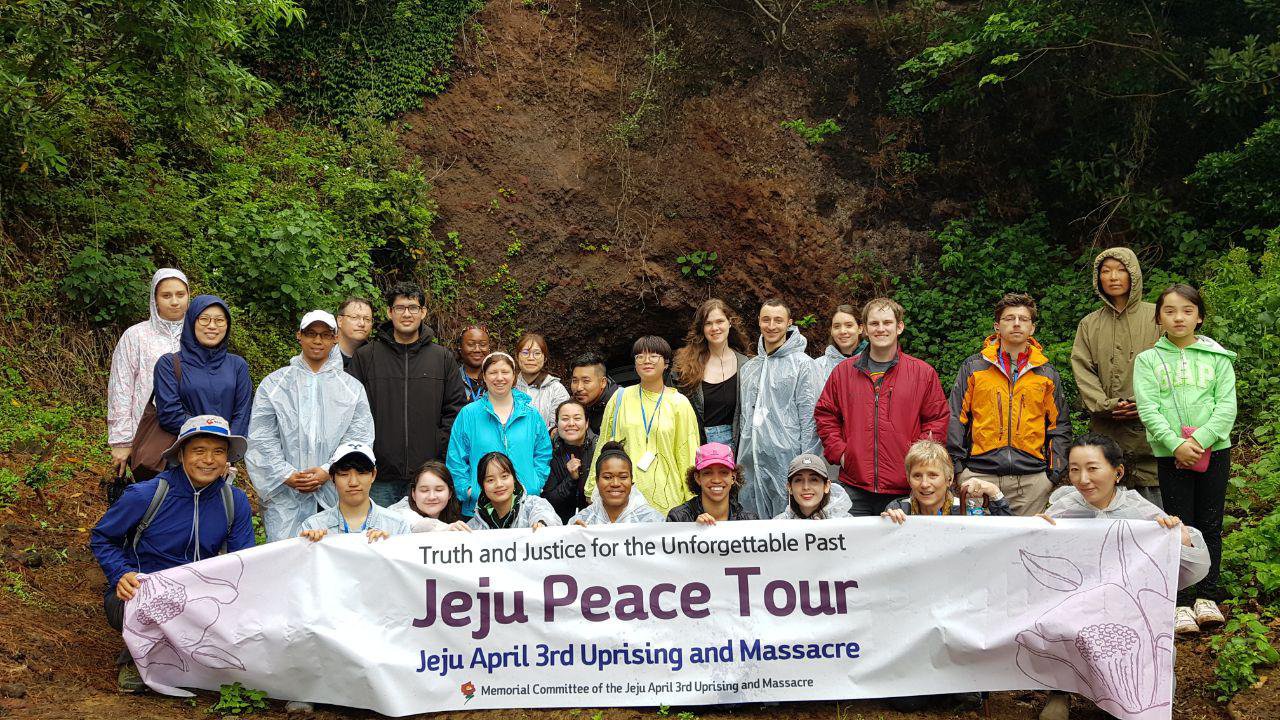
This past weekend the organization Jeju Dark Tours, a local NGO, held a two-day English-language guided tour of some sites of the April 3rd Massacre, a dark chapter in world history.
Normally, you might think this kind of tour isn’t for you. After all, April 3rd is a part of an unbearably tragic time in Korea (approx. March 1947 to September 1954), a product of those tumultuous years after the Japanese occupation, the Second World War, and then carrying into the Korean War.
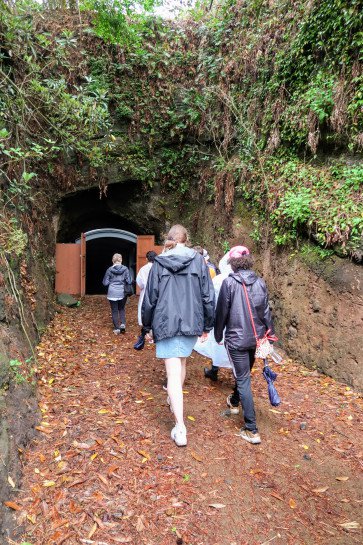
But in the last few years, a great deal of thought and care has been put into educating people about just what happened during this time. Tens of thousands of people lost their lives or were injured. Many more — indeed generations — were left scarred. How else will we learn to prevent this sort of thing from happening again?
In that spirit, 30 participants, many from the mainland, spent this past weekend learning more.
The Jeju Dark Tours organization took great pains to ensure that we heard from experts who walked us step-by-step through the various sites and their histories. The English translator was knowledgeable and skilled in communicating these details clearly.
The group was made up mostly of expats, many of them young teachers. During the introductions on the bus, they expressed a genuine interest in Korean history, and throughout the tour, even when the rain poured down, the group was undaunted.
Day 1. Saturday, May 18
After meeting at the airport and gathering on the tour bus, we stopped for lunch before spending a number of hours at the Jeju 4.3 Peace Park in Bonggae-dong.
This is an excellent place to start. The park was painstakingly planned and built to “restore victims’ reputation and to promote Jeju as an island of peace and human rights.” The comprehensive historical coverage of 4.3 is second to none.
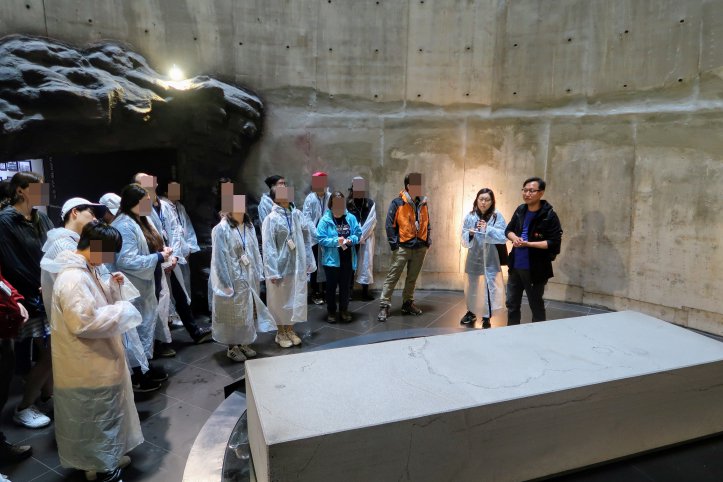
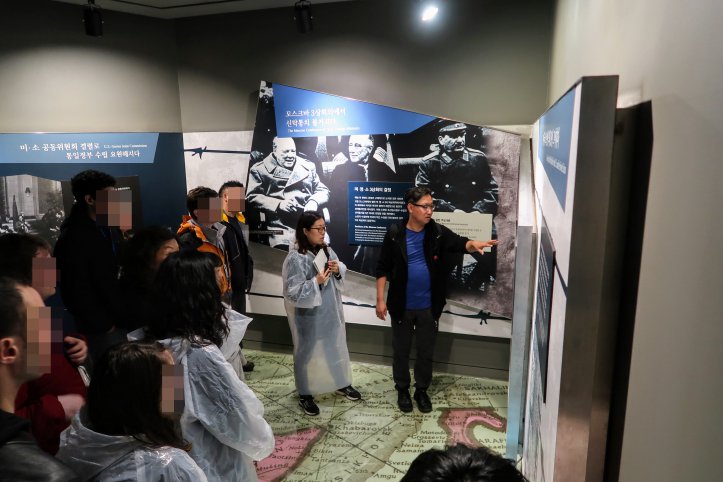
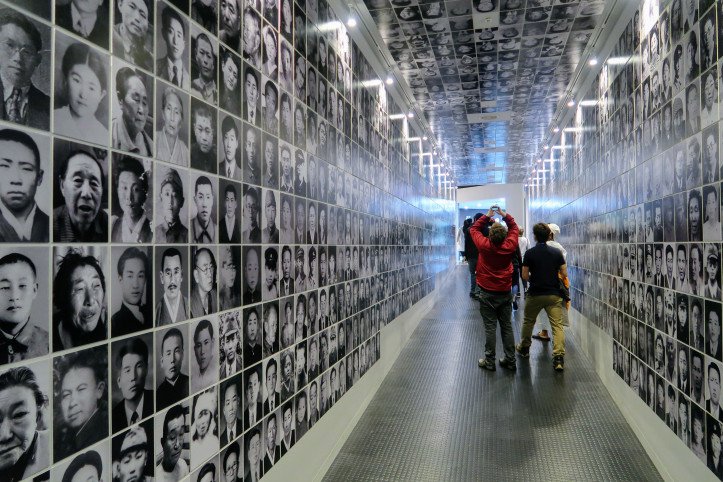
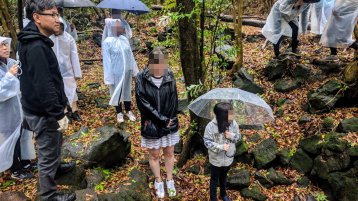
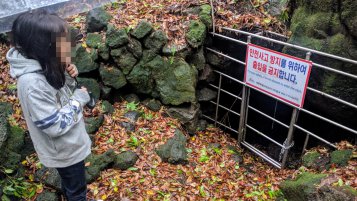
Next we stopped at a remote, forest-covered site called Doteul Cave at Seonheul Village in Jocheon-eup. It was one example of the various tiny caves that villagers took refuge in amid the violence. However, over weeks and months, many were discovered and summarily executed. Some of these caves were turned into mass graves.
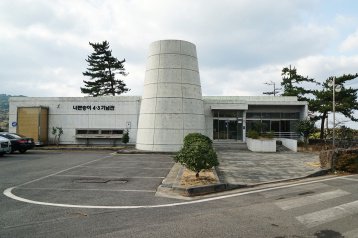
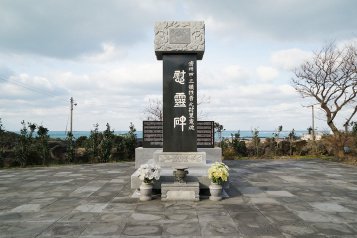
Also in this part of the island, along the north coast is Bukchon Neobeunsungi Sacred Memorial for Victims of Jeju 4.3. The area of Bukchon sustained the worst single attack of the entire April 3rd Massacre. Some 500 villagers were rounded up at the local school and killed by soldiers. We went into the Memorial Hall to watch a short film on the tragedy, which happened a stone’s throw away from the Hall, as well as stood in front of a burial site for the children who perished alongside their parents that day.
As some people on the tour pointed out, the poor weather was entirely in keeping with the somber mood.
Day 2. Sunday, May 19
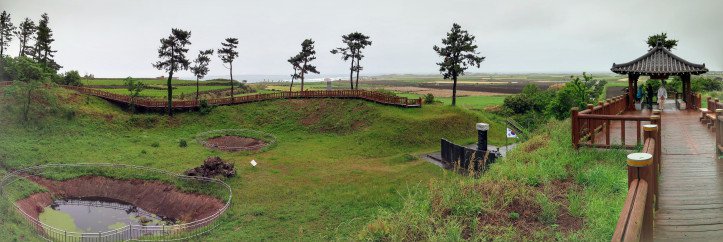
This part of the tour began in the southwest of the island at Seodal Oreum.
With the Korean War raining chaos down on the population, in 1950 “preventative detentions” were run by the military throughout the country. Jeju was no exception. Summary executions were commonplace.
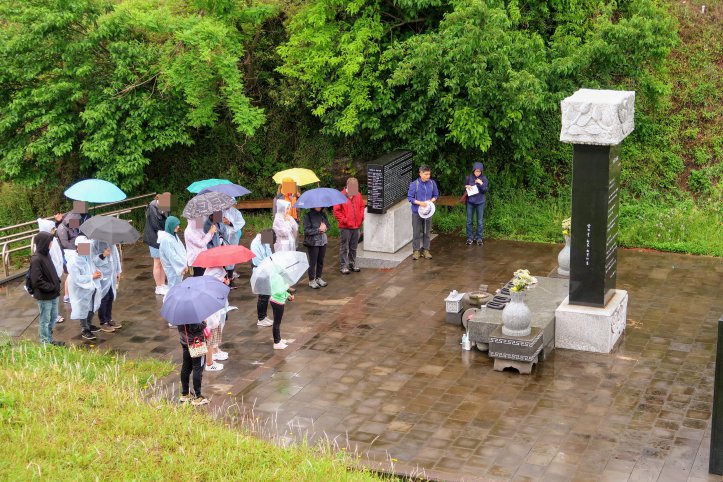
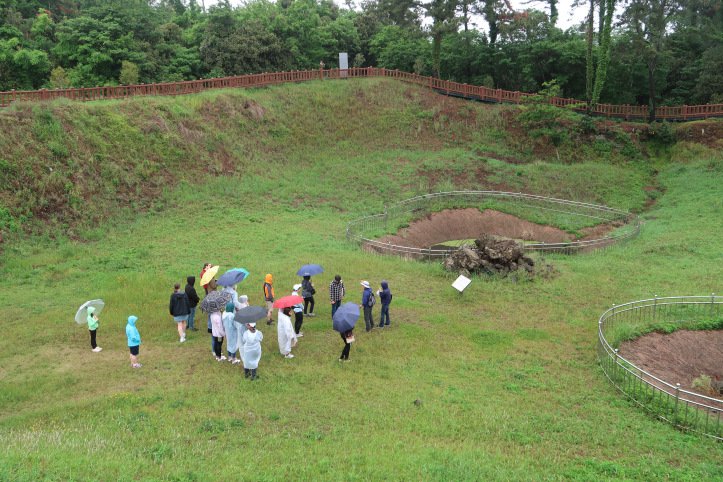
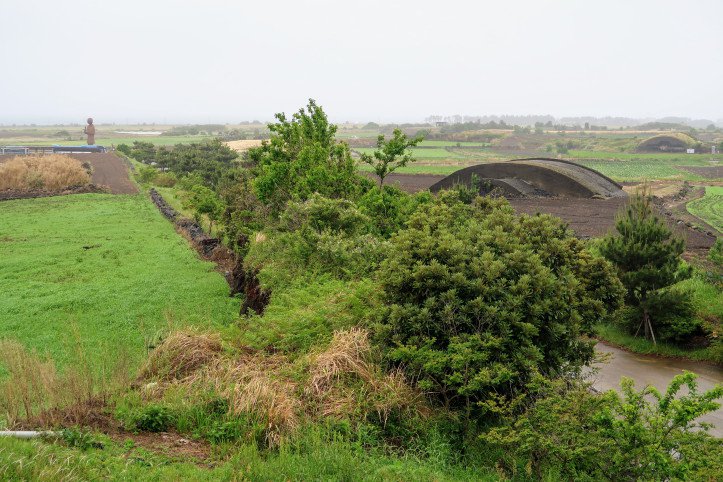
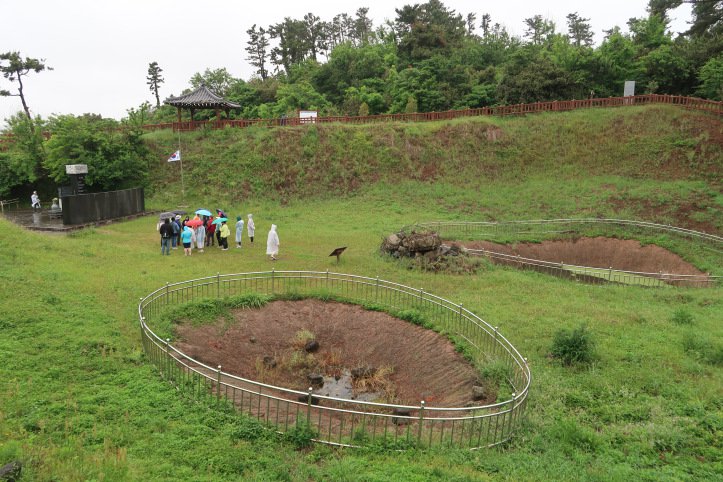
At one point during the April 3rd Massacre, 374 islanders from the areas of Hallim, Hangyeong, Daejeong and Andeok were rounded up by the military and brought to Seodal Oreum by truck. Intuiting their impending doom, they dropped their shoes off the trucks so that their relatives would be able to find their bodies.
Two heartbreaking mass graves are here. As with all the other memorials we viewed during the tour, we observed a moment of silence to remember the dead.
After this, we made our way through the forest to the nearby Cave Encampment at Sesal (Seodal) Oreum, a Registered Cultural Heritage No.310.
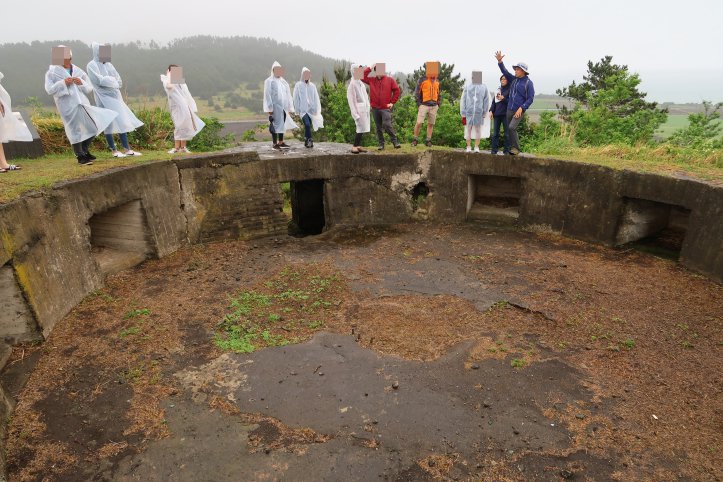
This Japanese military fortification, which was built around 1943, was meant to support the nearby airbase at Altteureu. From here Japan could launch air strikes on the Chinese mainland during the Pacific War (1937~1945).
It once held a a command post, an arsenal, a torpedo magazine, a fuel depot, barracks, hangars, and a communications room.
The site is maintained today as a valuable resource for historical education.
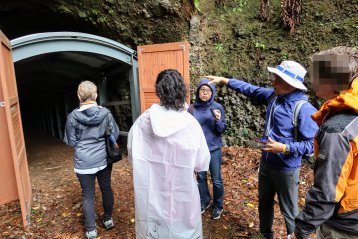
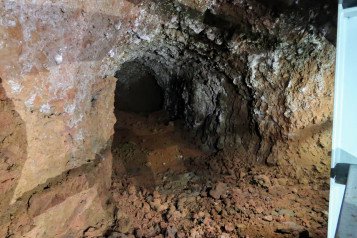
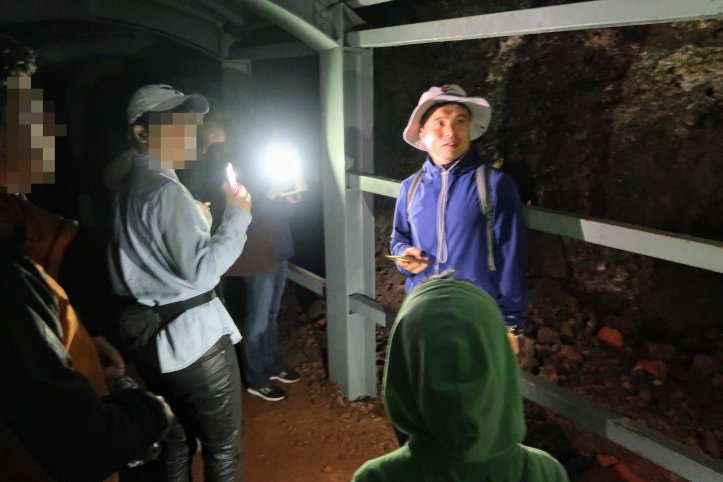
At the deepest point in the bunker, our expert guide asked us to turn off all our flashlights and to pause, in the pitch black and silence of the bunker, to think of those who were sacrificed. It was a deeply moving moment during the tour.
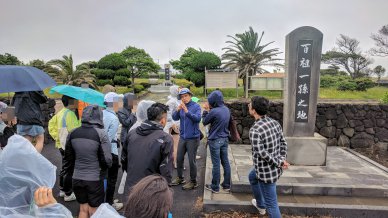
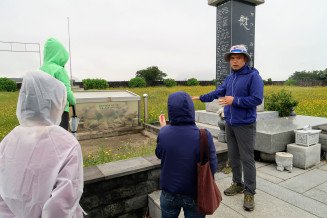
After a break, we went to the nearby Baekjoilsonjiji Cemetery (Graveyard of the 100 Ancestors) in Sangmo-ri, Daejeong-eup. The bodies of the victims of the massacre at Seodal Oreum were not released by the military to the families. Rather, they were buried in mass graves. Since there was no way to identify the victims after a number of years, the village decided to build a communal grave. This the site where “132 ancestors had their ashes combined, and where the descendants became one family.”
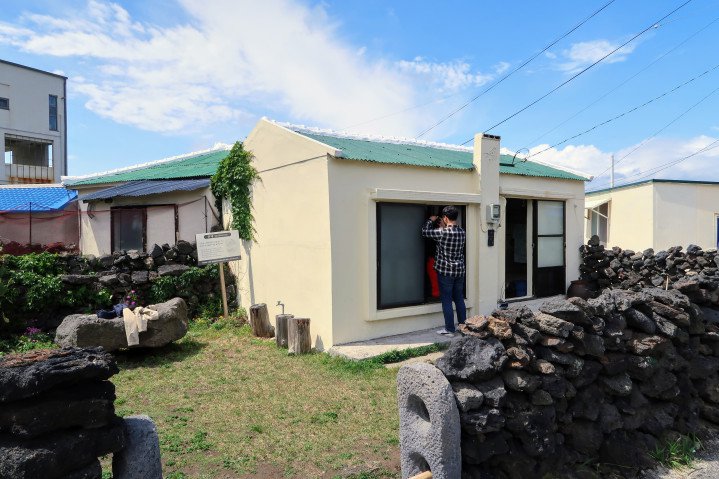
And lastly, on Sunday afternoon, the weather was clearing up a bit as we returned to the north side of the island, this time at the seaside village of Wollyeong in Hallim-eup. Here you’ll find a small house of an April 3rd victim.
In January 1949, a 35-year-old woman, Ms. Jin A-young, was shot in the chin by police and severely disfigured.
Known affectionately as “Grandma Jin” by her neighbors, she spent the rest of her life living alone in this house. She passed away in 2004 aged 90.
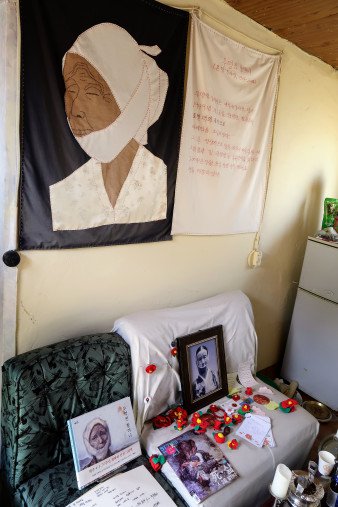
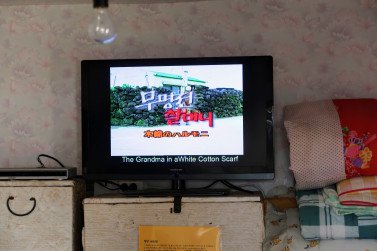
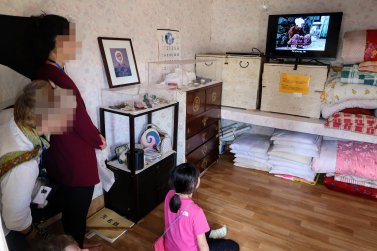
The house is now an informal shrine to her legacy — it remains exactly as she had left it — and visitors can view a short documentary film about her on a TV there.
